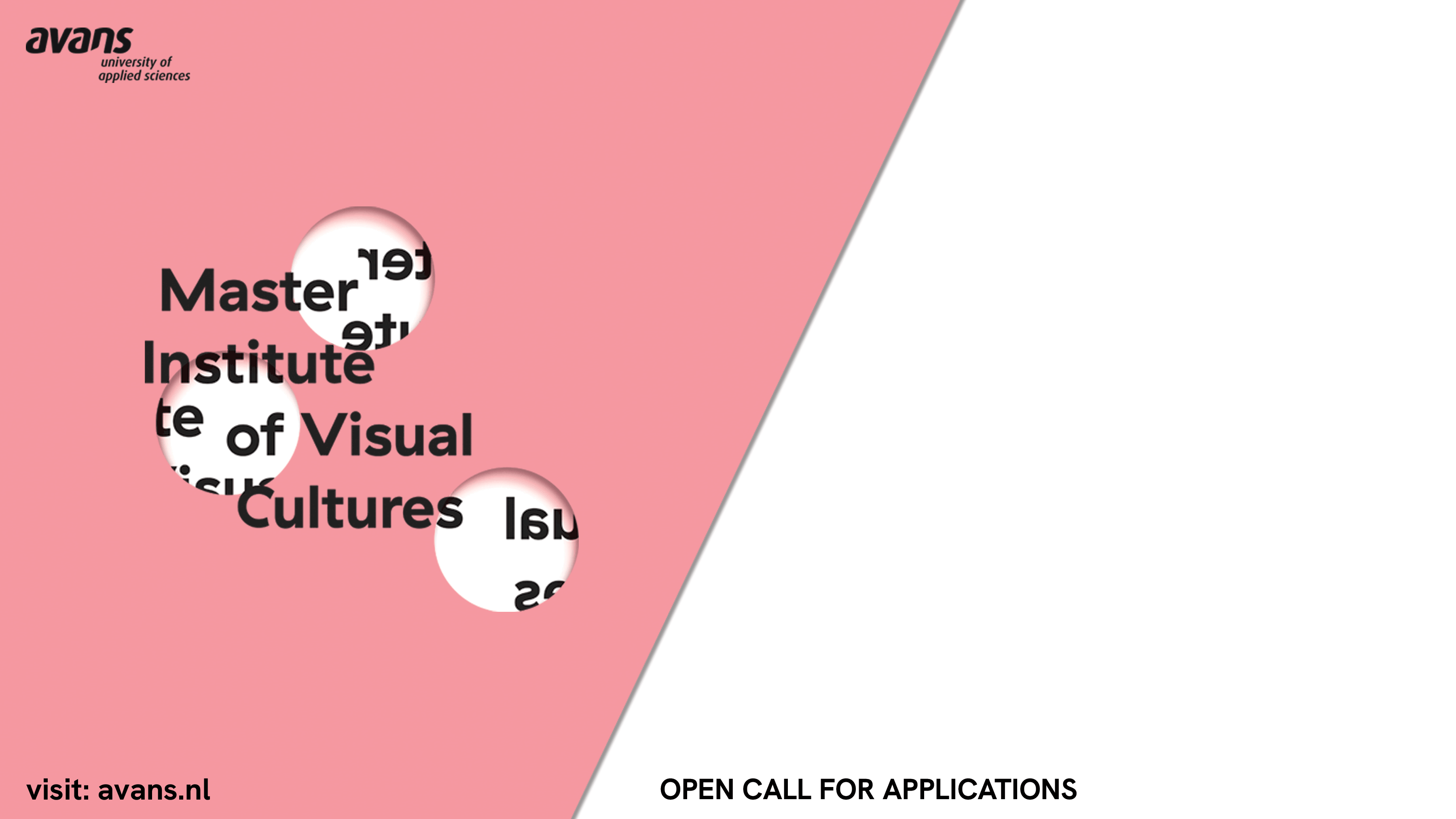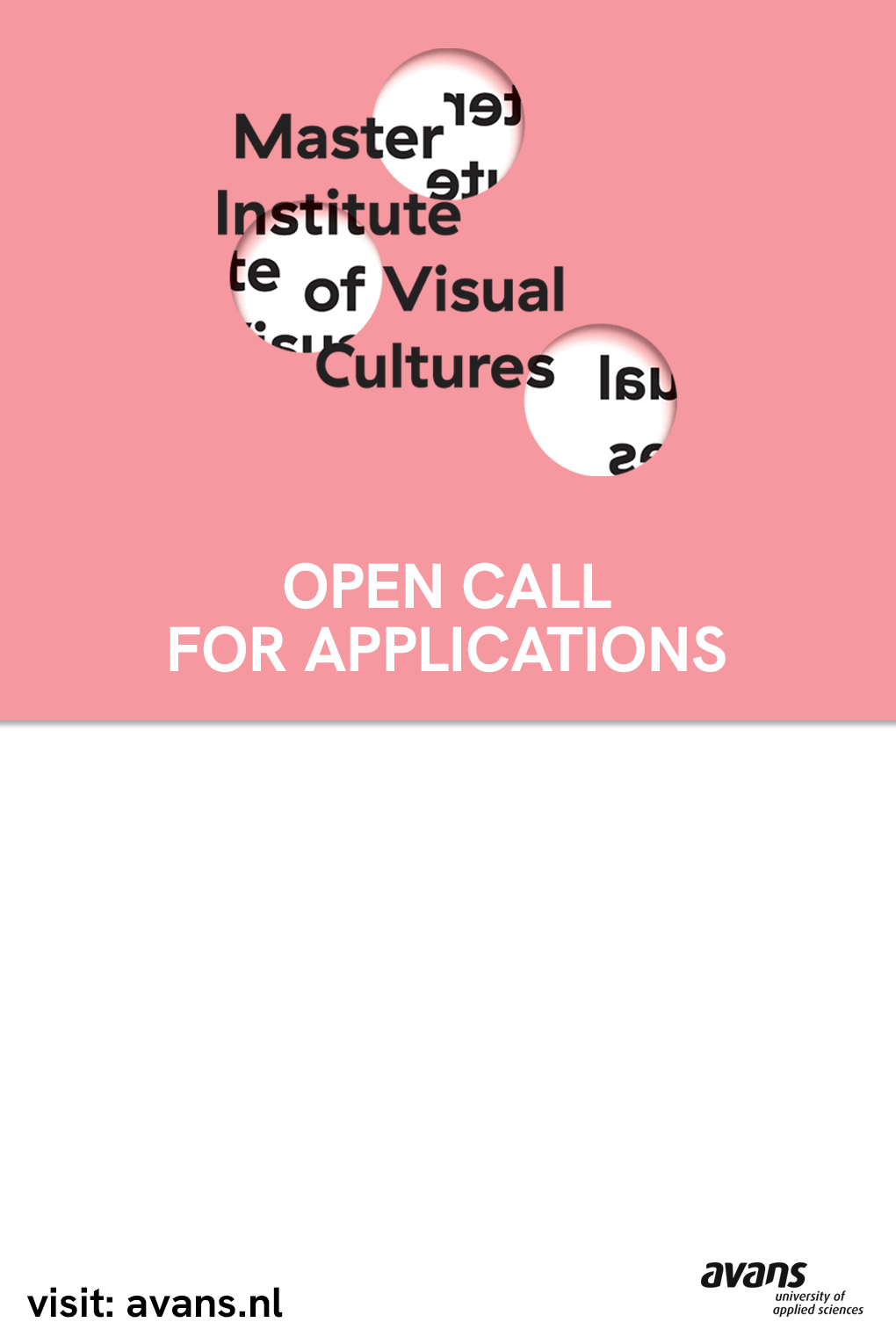A.R. PENCK RETROSPECTIVE
15 June-16 September 2007
SCHIRN KUNSTHALLE FRANKFURT
Römerberg
60311 Frankfurt, Germany
phone: ( 49) 69 29 98 82-0
fax: ( 49) 69 29 98 82-240
welcome [at] schirn.de
Hardly any German artist did as much as A.R. Penck to revive painting in Germany. Even while still in the German Democratic Republic, Penck repeatedly addressed the topic of the relationship between the individual and society. Since his expatriation in 1980, he has employed his unmistakable style to turn abstracted figures and pictorial signs into a universal vocabulary in which recollections of the beginnings of painting are fused with contemporary history and modern science to form a memorable visual world. The first large survey in Germany in twenty years presents Pencks work against the backdrop of changed social and art-immanent contexts and forms of reception. Approximately 130 large-format paintings, sculptures, and objects from 1961 to the present day reveal the artist and his most important themes and groups of works. A special feature of the show is a selection of about 70 artist books which also introduce Penck as a wordsmith and draftsman in a comprehensive manner.
That Penck, né Ralf Winkler in Dresden in 1939, chose the geologist and glaciation expert Albrecht Pencks (18581945) name as his first and still valid pseudonym in the 1960s, adding an R. for Ralf, has often been regarded as a commentary on the Cold War. The second reference is to be seen in the parallels between Pencks universe of signs and the pictorial solutions of ice age cave paintings. Penck explained his choice which was followed by pseudonyms like Mike Hammer, Mitchel Hammer, Tancred Mitchell, Theodor Marx, as well as mathematical symbols like α Y (a.r. penck) with his discovery of a certain analogy between deposited information and geology. He emphasized that the return to archaeology had essentially stimulated and influenced his painting. After Penck had already set out on his quest for an independent path beyond traditional art and Socialist Realism in the late 1950s, he created his so-called Weltbilder (world pictures) from 1961 on which already feature his two-dimensional reduced and anonymous matchstick men. These elements stemming from his interest in prehistoric painting that brought forth a combination of figuration and abstraction were to become his trademark. His first Weltbild, which the artist describes as a modern historical painting, shows a group of individuals holding up signs with mathematical formulae, fighting, embracing each other, marching, drawing weapons. Regardless of the distinct and recognizable character of some scenes and symbols, the work presents itself as anything but unambiguous. Penck does not tell picture stories but always fuses the individual and the general to arrive at timeless truths in his complex compositions.
From the 1960s on, the concept of (visual) information and the theory of the abstract machine became increasingly important to Penck. The language of cybernetics with its high degree of abstraction and its system concept also began to play a crucial part. Penck recently wrote that all this had an impact on my painting and made me think about and experiment with the logic of pictures. This approach led me to the concept of Standart and resulted in numerous experiments concerning signs, spaces of signs, and the signal character of signs and symbols. The system concept was essential and comprehensive. Pictures as systems systems as pictures. This pictorial method, which was new to me, changed my motifs and themes which assumed a more general and political character. The Cold War between the East and the West was the subject of my first Weltbilder and Systembilder (system pictures).
Pencks Standart-Bilder (standart pictures) are a form of political concept art which was aimed at making a constructive contribution to socialism. The pictures were designed to work as visual signs to be understood and used by everybody. The artists program of reducing pictures to signs and symbols that control and structure patterns of behavior was to establish a non-hierarchical discourse and influence the discussion on art. Yet, in the reality of his pictures, Penck transforms this vocabulary into a much more complex world. This world even has room for apparently contradictory tendencies such as magic and mystery which enhances the works fascination. Apart from his Standart-Bilder, Penck also created a number of Standart-Modelle (standart models): painted cardboard sculptures with inscriptions characterized by a poor aesthetics that makes us think of Fluxus and Beuys.
Pencks Standart realism was thwarted by the reality of 1968, which was determined by the representatives of the new order in the East. The experience of the unmasking of real-life socialism is reflected in Pencks Mike Hammer and TM series; the pictures, which have titles such as Mike Hammers Geburt Die Wurzeln des Faschismus (Mike Hammers Birth The Roots of Fascism) are markedly more aggressive and expressive. In the 1970s, Penck worked in a variety of media, produced films, objects, wood sculptures, and his outstanding artist books, and even experimented with surreal compositions. While the pressure on him in the East increased (he was not allowed to show his works in public in the GDR from 1962 on), he received great acclaim in the West and participated in the Venice Biennial and the documenta.
After his expatriation from the GDR and his move to the West in 1980, the artist continued to work incessantly. Yet, he found himself confronted with the necessity to come to terms with this fundamental change in his life: the years in question saw the production of numerous works on the East-West issue accompanied by a stylistic shift towards more colorfulness and three-dimensionality. As Penck himself noted, elements of anxiety, restlessness, and even romanticism gradually disappeared. The artists digested his travels and new manifold impressions of the Western world in large-format works such as Ich in New York (I in New York) or Ich in Dublin (I in Dublin). In 1982, the artist already had moved on to London, was appointed to a professorship in Düsseldorf in 1989, and has been living in Dublin since his retirement from it in 2003.
Penck has once described the East as a desert and the West as a jungle. The two fundamentally different political systems, the conflict of these worlds, and his very individual and still pronounced philosophical-political basic attitude have remained his works major thematic pivot.
SPONSORS: A.R. Penck Retrospective is sponsored by Bank of America N. A. Additional support has been granted by Skoda Auto Deutschland GmbH.
VENUES: Kunsthalle zu Kiel (29 September 2007 6 January 2008), Musée dArt moderne de la Ville de Paris (14 February 5 May 2008).
CATALOGUE: A.R. Penck Retrospektive. Edited by Ingrid Pfeiffer and Max Hollein. With texts by Isabelle Graw, Harald Kunde, Ingrid Pfeiffer, Kevin Power, Pirkko Rathgeber, Jürgen Schweinebraden Freiherr zu Wichmann-Eichhorn. German and English edition, ca. 310 pages, ca. 400 color illustrations, Richter Verlag GmbH Düsseldorf, ISBN 978-3-937572-68-0
DIRECTOR: Max Hollein CURATOR: Dr. Ingrid Pfeiffer OPENING HOURS: Tue., Fri.Sun. 10 a.m. 7 p.m., Wed. and Thur. 10 a.m. 10 p.m. INFORMATION: www.schirn.de



